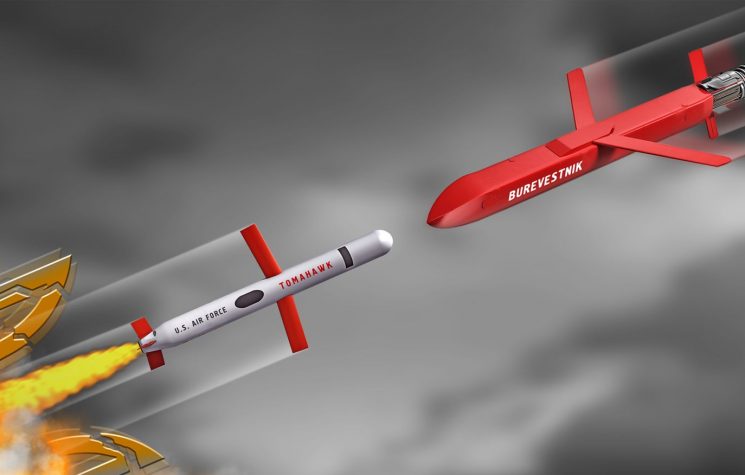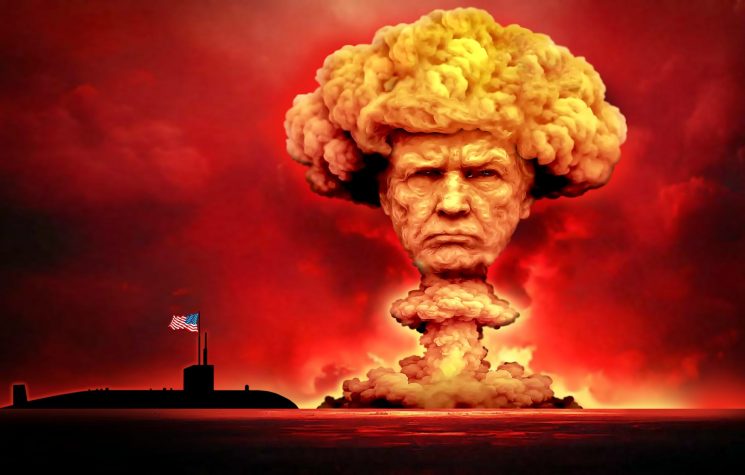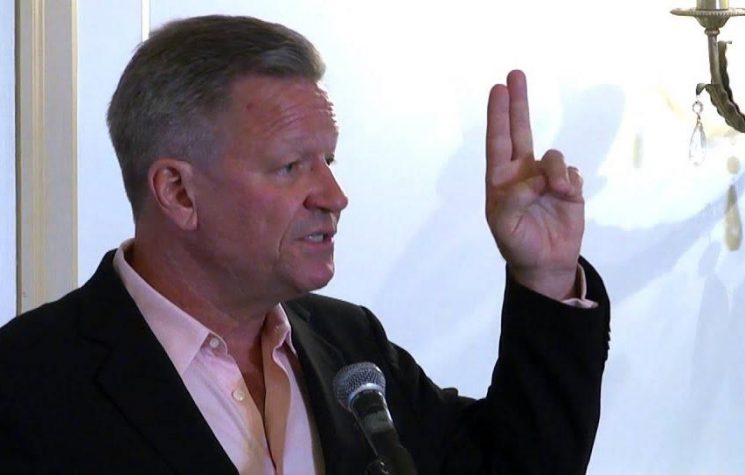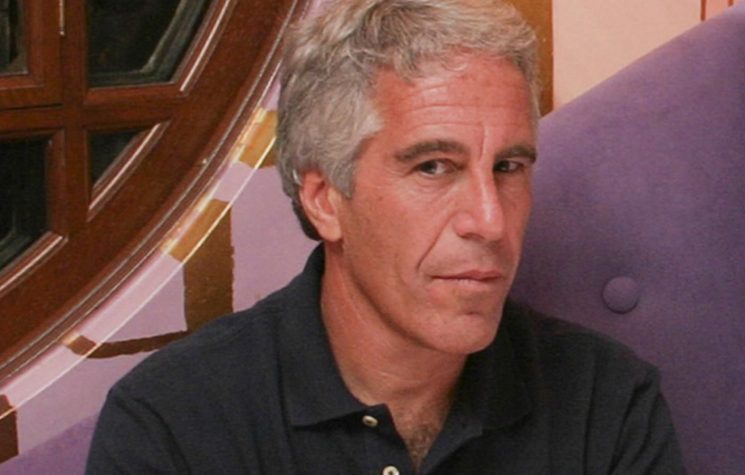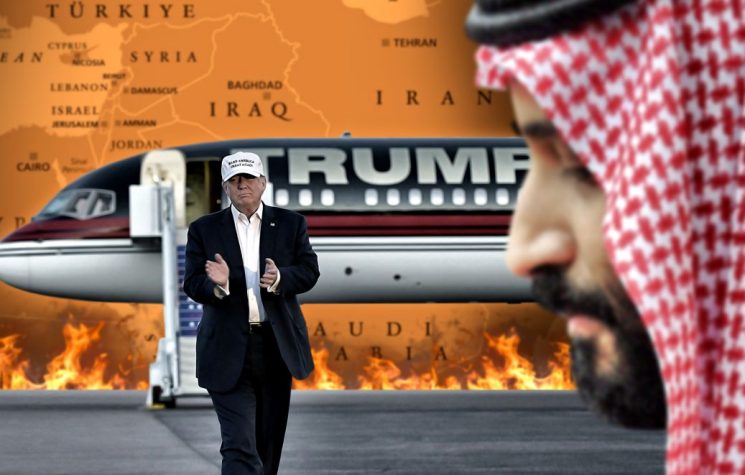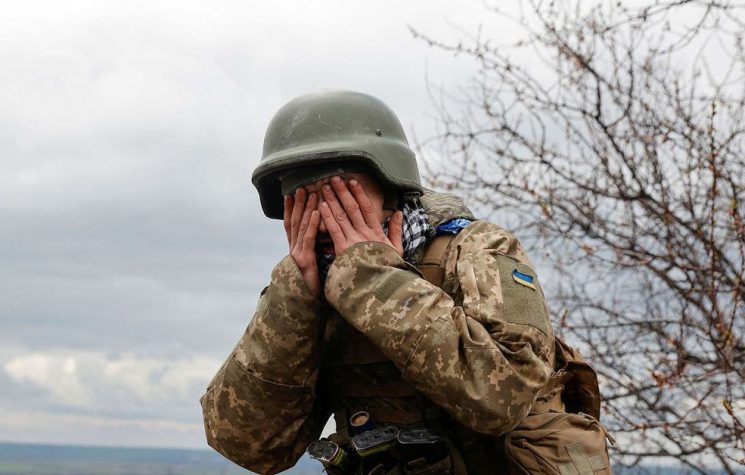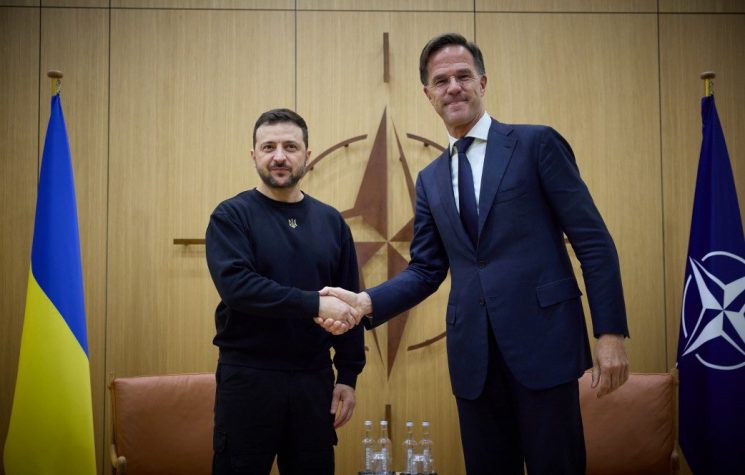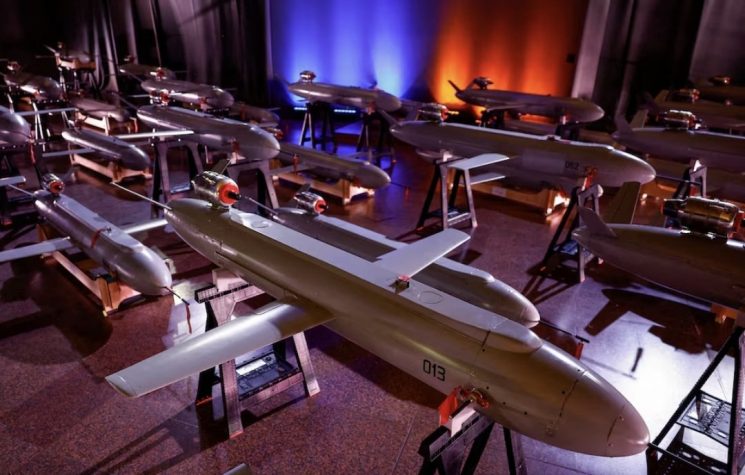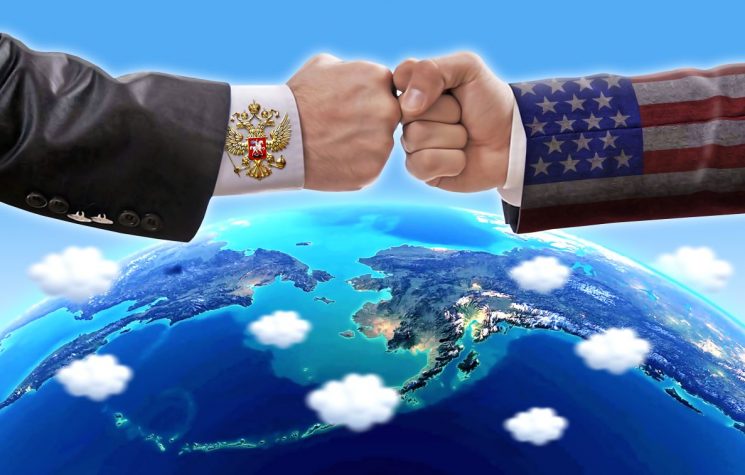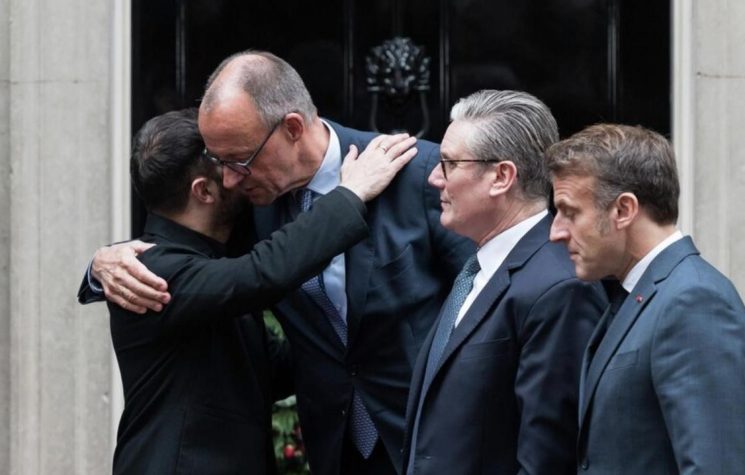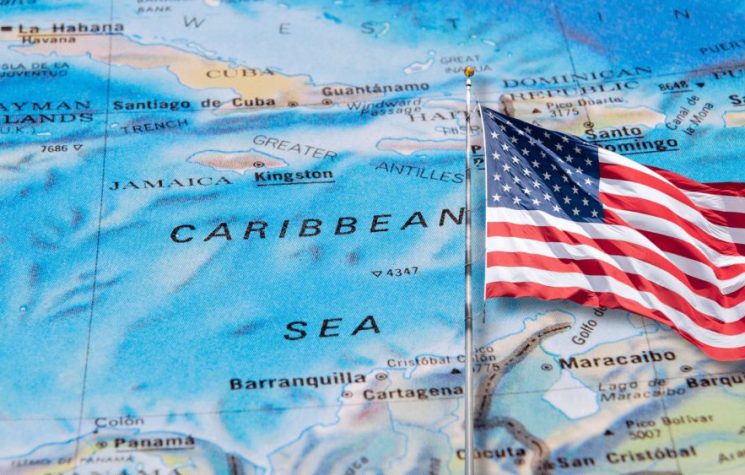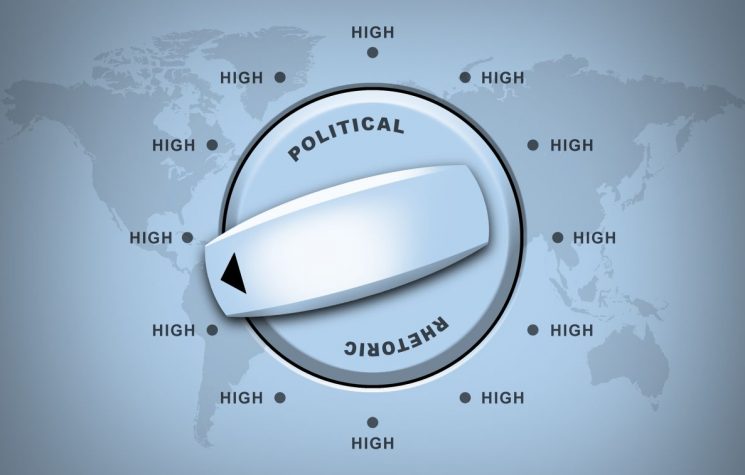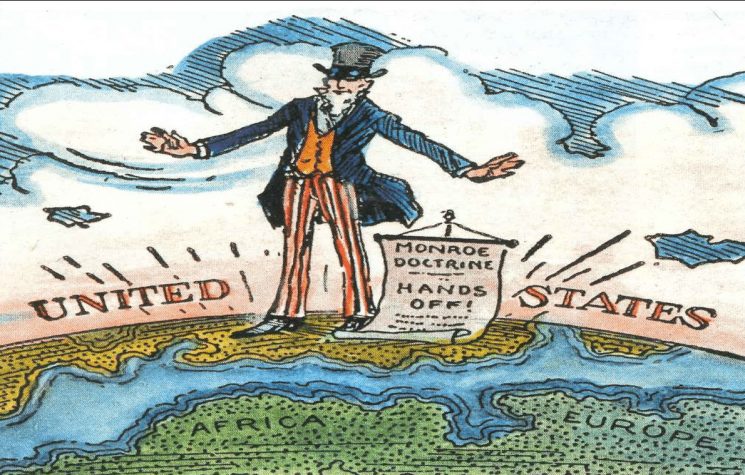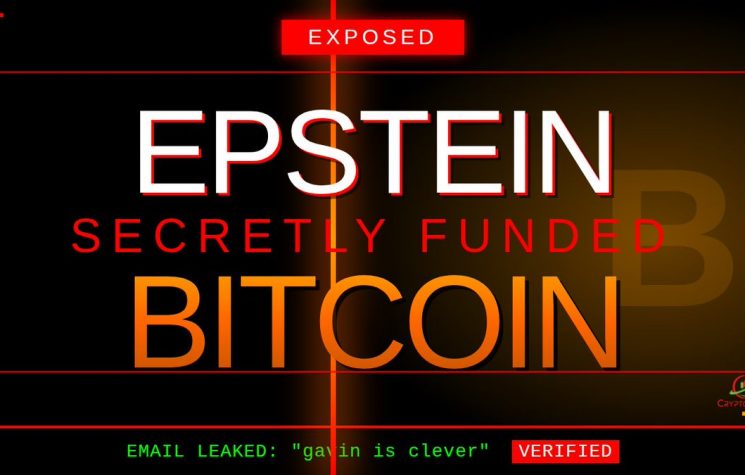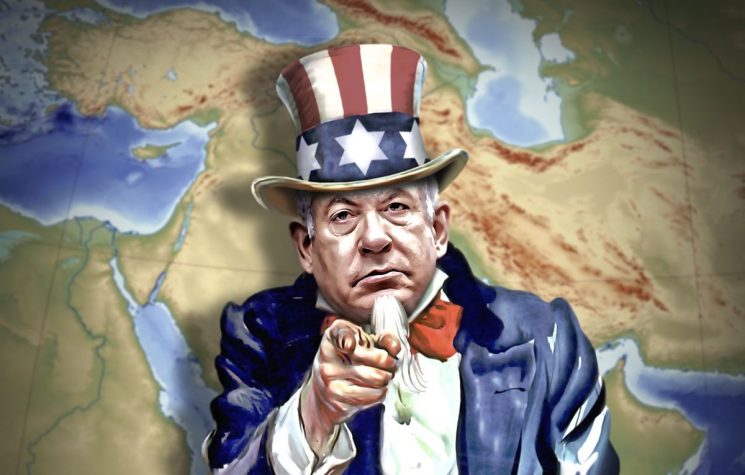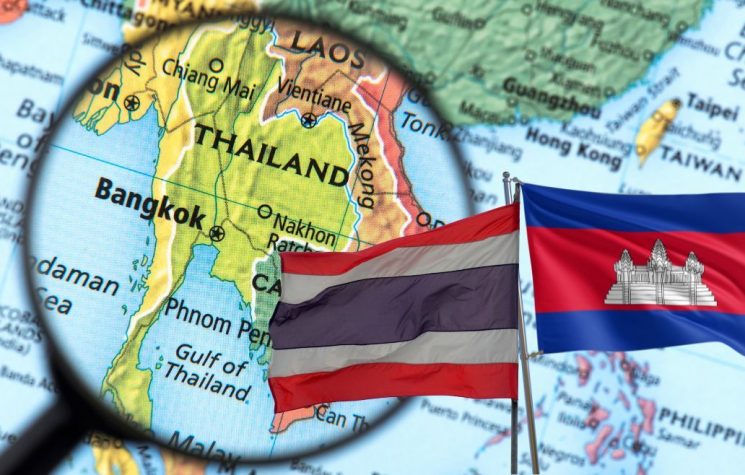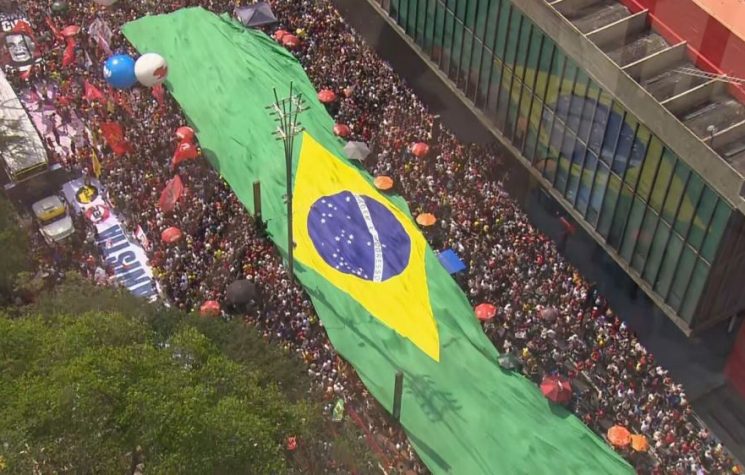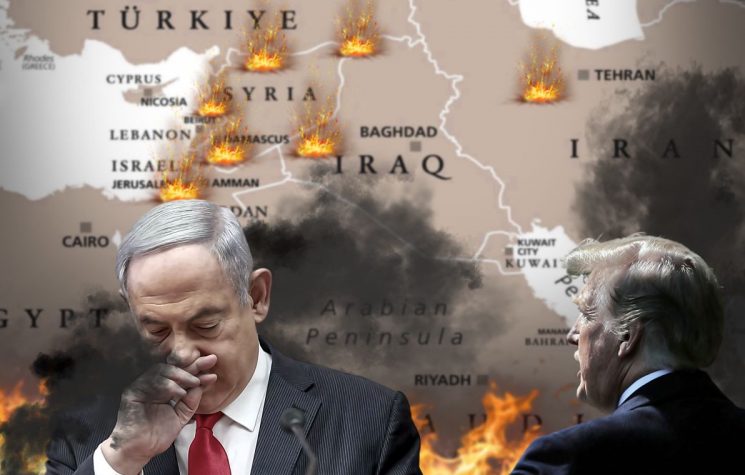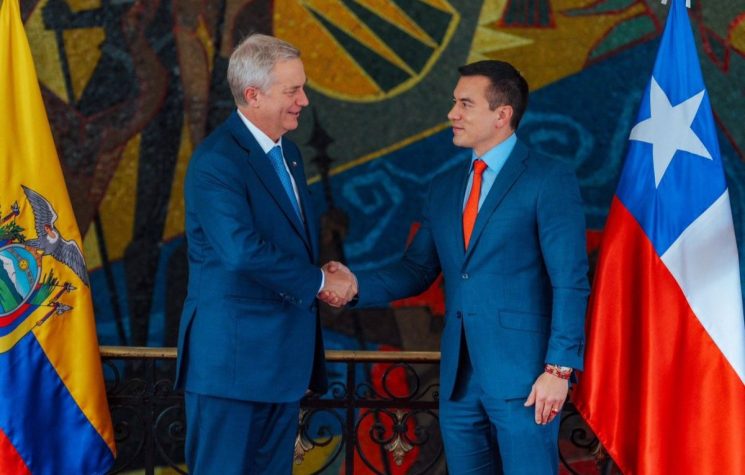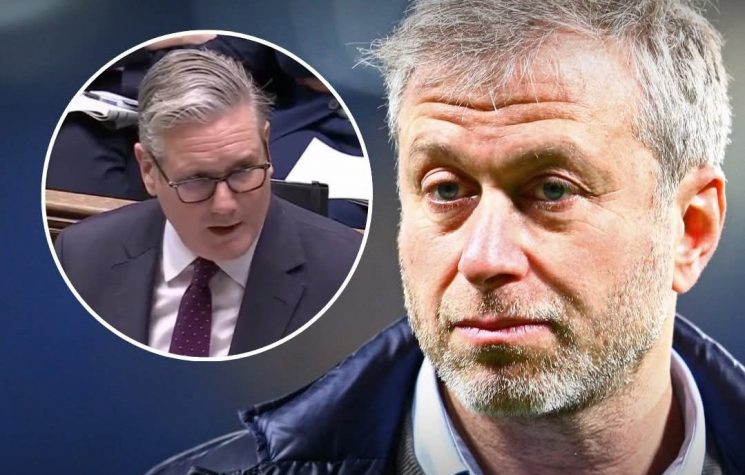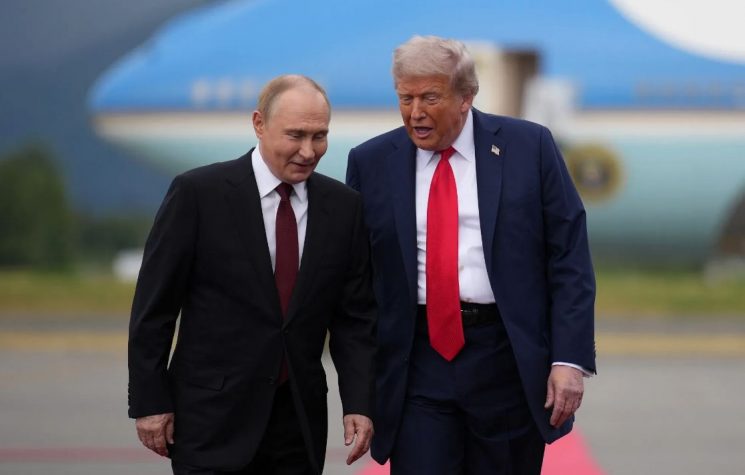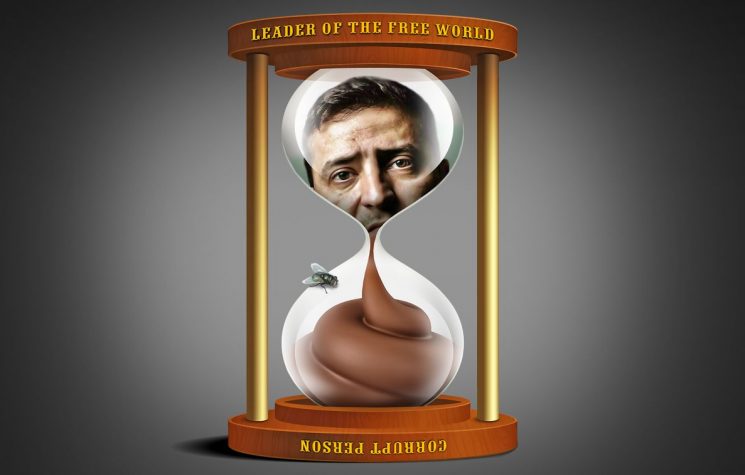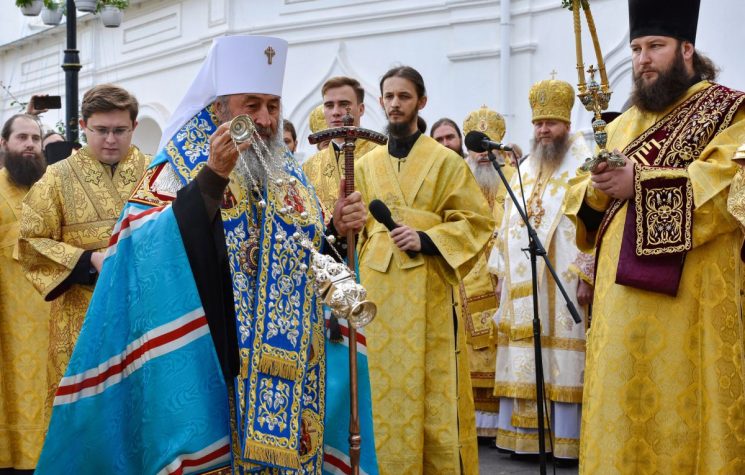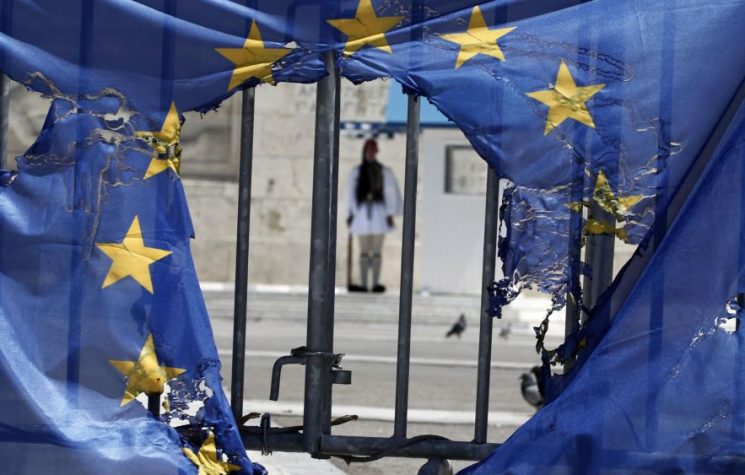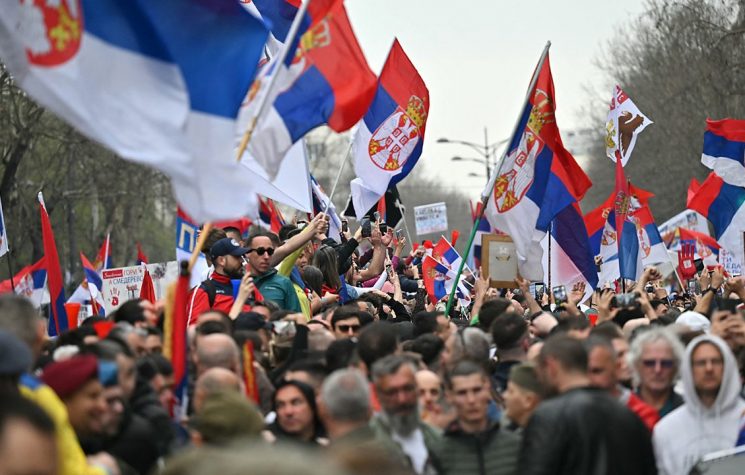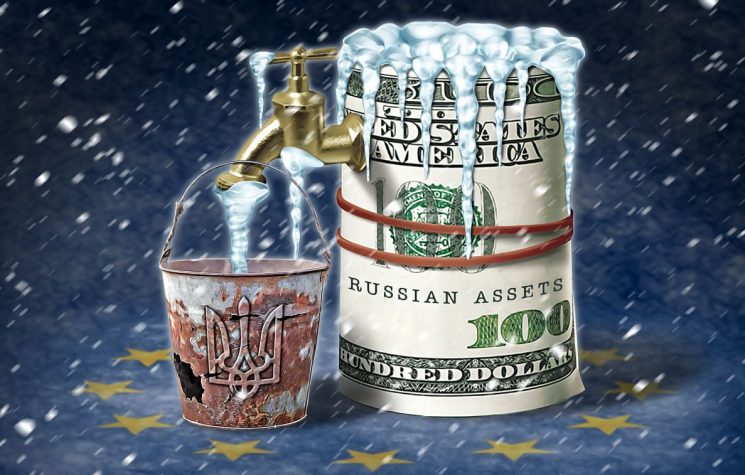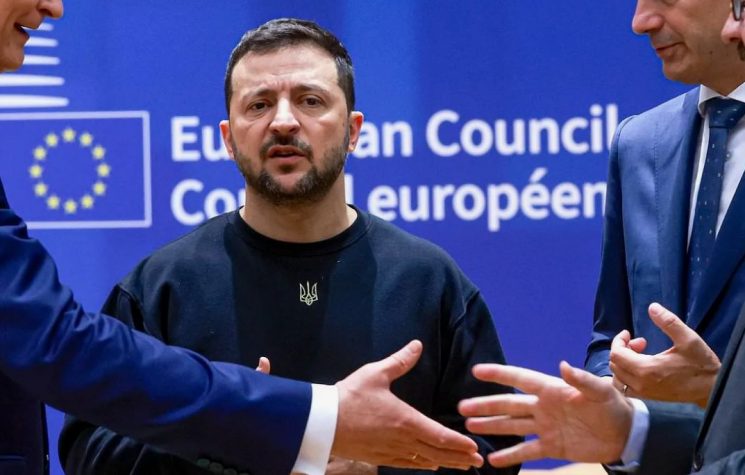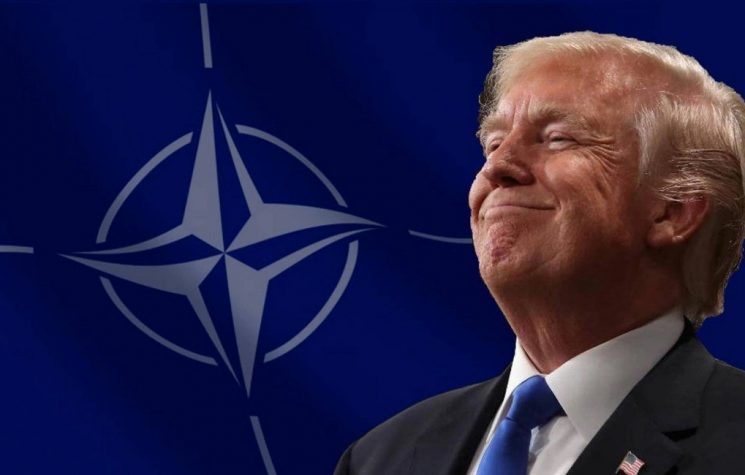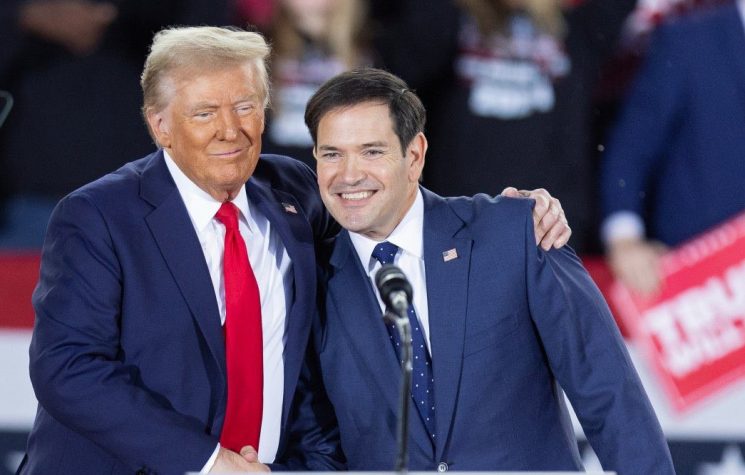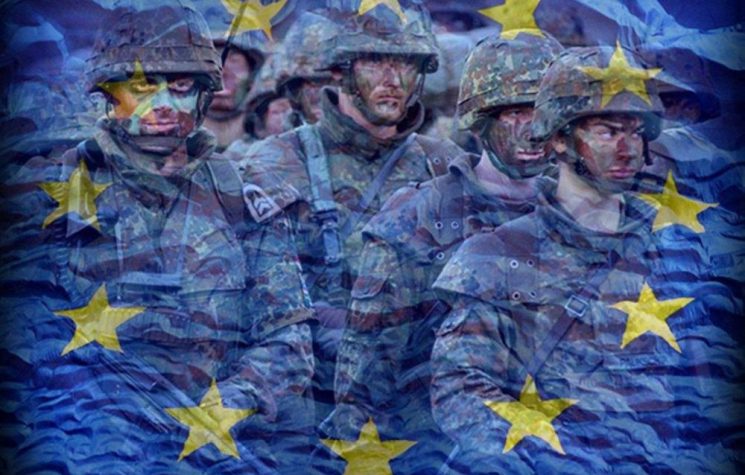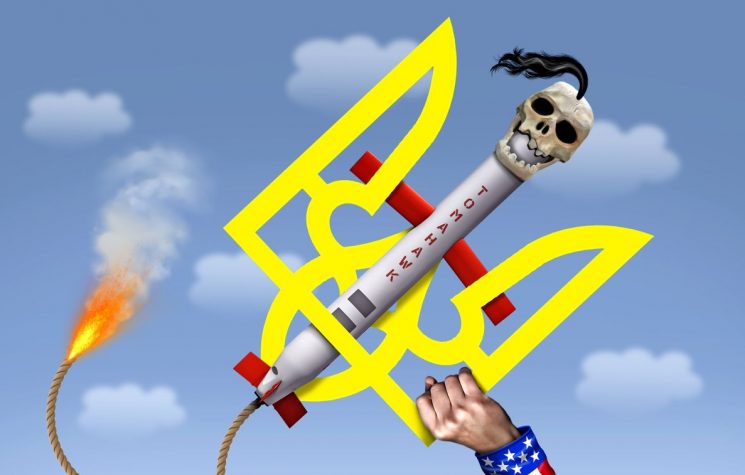Russia will have to end the war militarily on its terms for a lasting peace.
Join us on Telegram![]() , Twitter
, Twitter![]() , and VK
, and VK![]() .
.
Contact us: info@strategic-culture.su
U.S. President Trump’s toying with the idea of supplying Tomahawk cruise missiles to the Kiev regime is not a good look. Not from the point of view of it causing a threat to Russia. It doesn’t. But rather, it shows that Trump is not serious about ending the NATO proxy war against Russia.
Thus, Russia will have to win the war militarily on the battlefield and present its terms for peace as the outright victor. Any chance of a negotiated settlement to the conflict with the Trump administration now seems remote.
When Trump welcomed Russian President Vladimir Putin in Alaska on August 15, our weekly editorial headlined: “Trump-Putin summit a breakthrough for peace, but the U.S. needs to end the war.”
The meeting in Anchorage was indeed a breakthrough for potential diplomacy, rather than the usual dead-end Western hostility towards Russia, and Trump appeared to understand the Russian position of addressing the root causes of the conflict.
However, two months on, Trump has shown no impetus to “end the war.” He could have done this by ending all U.S. military support to the Kiev regime. On the contrary, in the weeks since the Alaska summit, Trump has announced the supply of Extended Range Attack Missiles (ERAMs) to Ukraine. The ERAMs with a range of 500 km exceed what the Biden administration had offered. Trump approved the move because European NATO members would pay for the munitions, a cynical calculation that does not sound like a principled peacemaker.
So, Trump is not ending the war. He is maneuvering to get the Europeans to pay for it, that’s all. Trump’s problem is that he expected a quick, flashy peace deal with Russia to end the nearly four-year war in Ukraine – and to pick up the Nobel Peace Prize for being such a brilliant dealmaker. Such a Hollywood ending!
In reality, Trump and his administration have evidently no understanding or will to address the root causes of the proxy war. Their rhetoric acknowledges that it is a proxy war, but Trump and his aides are vacant when it comes to conducting serious negotiations about NATO’s historic aggression, NATO’s betrayal of post-Cold War promises, Russia’s strategic security concerns, and the rights of the Russian people faced with a NATO-weaponized genocidal Neo-Nazi regime on their borders. Trump’s superficial approach is betrayed by his erratic attitude and increasingly churlish comments about Putin and Russia.
The latest move by Trump, purportedly considering sending Tomahawk cruise missiles to Ukraine, and his reported authorization of sharing U.S. intelligence with the Kiev regime for targeting deep strikes inside Russia, does not add up. It sounds rather more like an empty bluff by a person whose oversized ego is bruised from Russia not playing along with his theatrical peace efforts.
For a start, the United States and its NATO partners are already sharing intel with the Kiev regime on targeting Russia with missiles and drones. And they have serious blood on their hands for doing so. Therefore, Trump’s “approval of intel-sharing” is nothing new. The way it is dramatically reported in the U.S. media suggests that Trump is hamming it up as some kind of leverage on Russia.
On the Tomahawk itself: as Putin acknowledged during a major public discussion at the Valdai forum in Sochi this week, the Tomahawks are a powerful weapon that can cause serious damage. The cruise missile has a range of 1,500-2,000 km with a warhead of 450 kg of explosive impact that can penetrate deep bunkers. But the subsonic weapon, dating from the 1970s, would be effectively neutralized by modern Russian air defenses. Also, the launching of Tomahawks is beyond the capacity of the Ukrainian forces. It is launched from warships and submarines. Is the United States willing to openly engage in firing long-range missiles into Russia?
As Putin also noted, even if Tomahawks were supplied, they would not change the battlefield situation in which the NATO-backed Ukrainian forces on the ground are rapidly losing territory along the entire 1,000-km front. NATO has lost the war. The Tomahawks are just another illusory “wonder weapon” that NATO and its propaganda media have touted before on many occasions without any military success. Recall F-16s, Leopard Tanks, Abrams, Challengers, Storm Shadows, SCALPS, ATACMS, and so on. They were all supposed to win the war, and they didn’t.
In any case, a Reuters report later this week, citing an “official source,” said it was unlikely for the U.S. to supply Tomahawks to Ukraine at this time because there are none to spare, with all existing inventory committed to U.S. Navy requirements. And with “peacemaker” Trump lining up to go to war on Venezuela and again on Iran, the Americans probably would do better conserving their stockpiles.
What this suggests is that Trump is acting as a big-mouth poker player who has very few cards to play, as he once admonished the Kiev puppet, Zelensky, in a White House spat. The American president is betting that his boorish tough talk and the hype about sending Tomahawks to Ukraine and “sharing intel” will somehow intimidate Russia to sit at the negotiating table and accept a half-baked peace deal, which is all about him winning a Nobel trophy and having his ego lit up with neon lights.
Trump’s talk about Tomahawks, if it were genuine, is “insanity,” as Scott Ritter pointed out this week.
But here’s the thing: Trump’s talk is not genuine, and that means his entire posturing about finding a peace deal in Ukraine with Russia is also not genuine. He is playing games for his ego and to simply shift the cost of war onto Europe.
Moscow cannot rely on the Trump administration to end the conflict based on a negotiated, honest solution of the root causes. The root causes stem from U.S. imperialist power and its European lackeys. Trump is way out of his depth in dealing with that.
Russia will have to end the war militarily on its terms for a lasting peace.









